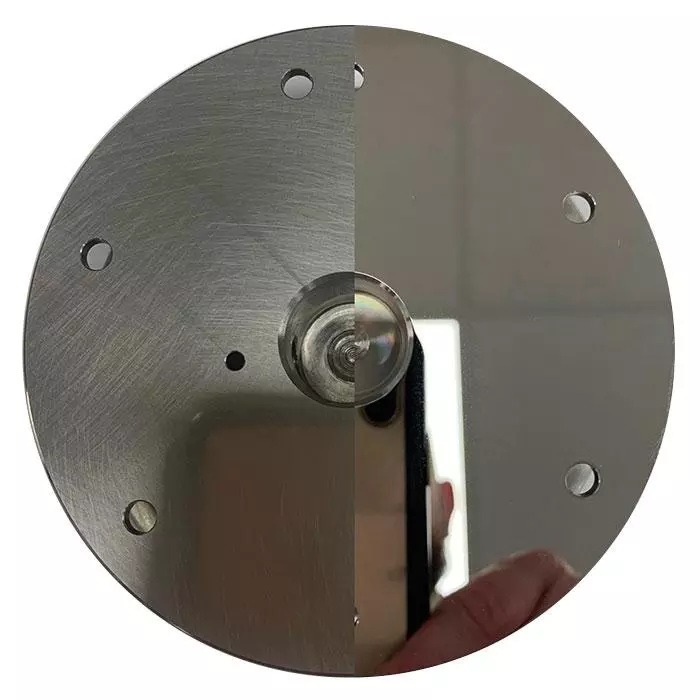Superfinishing Operations: Challenges and Innovations
The demand for high-quality finished surfaces has been increasing across various industries, especially in the automotive, aerospace, and medical sectors. Superfinishing operations have become crucial in achieving the desired surface quality for components that require extreme precision and low surface roughness. However, the majority of superfinishing operations raise several challenges, particularly for achieving an Ra value below 0.01µm, which until now have resulted in compromises rather than ideal solutions.
Typically, when starting with a machined component, the challenge lies in producing a superfinish in the most economical way. The most common solution involves a lapping operation to first produce a flat surface with a uniform surface finish, followed by a polishing operation which in many cases involves a polishing pad to generate the superfinish. However, this process can be time-consuming, labor-intensive, and costly, with several drawbacks that hinder achieving the desired surface finish.
One of the main issues that arise with the traditional superfinishing process is the difficulty in achieving consistent results, particularly in large-scale production. This is due to the numerous variables involved, including the choice of abrasive material, the type of lubricant, the force applied, and the speed of rotation. Moreover, the use of polishing pads can lead to uneven distribution of the abrasive particles, resulting in non-uniform surface finishes and a risk of defects on the component surface.
In recent years, innovations in superfinishing technology have emerged that address these challenges and offer new solutions for achieving ideal results. One such innovation is the development of chemical mechanical polishing (CMP). CMP combines chemical and mechanical actions to achieve a superfinish that is more precise, efficient, and consistent than traditional methods.
CMP involves the use of a chemical slurry and a polishing pad to remove the surface layer of a component. The chemical reaction softens the material surface, while the mechanical action of the polishing pad removes the softened material, resulting in a mirror-like finish. The chemical slurry used in CMP is composed of an abrasive material, such as silica or alumina, mixed with a chemical solution that dissolves the surface material. The chemical reaction enhances the removal of surface imperfections and creates a smoother surface, resulting in a superfinish.
CMP has been successful in achieving consistent results with minimal defects and is widely used in the semiconductor and electronics industries. CMP is particularly useful in these industries because it can produce a flat and defect-free surface on the silicon wafer, which is crucial in the manufacturing of electronic devices. CMP is also used in the production of optical lenses, metal parts, and ceramics.
In conclusion, superfinishing operations have been an essential part of achieving the desired surface quality for components in various industries. However, traditional superfinishing methods have raised several challenges, including inconsistent results and the risk of surface defects. Innovations in superfinishing technology, such as magnetic abrasive finishing and chemical mechanical polishing, have emerged as solutions to these challenges, offering more controllable and efficient processes for achieving superfinishes with minimal defects.

